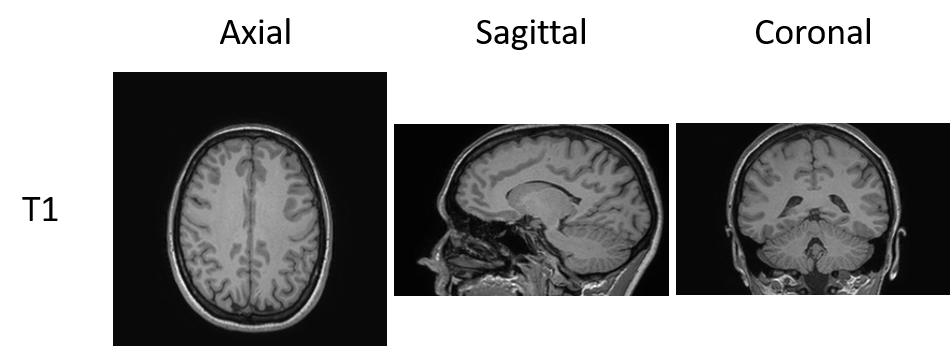Author: Thomas
-
Protected: DLMI23 Group photos
There is no excerpt because this is a protected post.
-
Protected: DLMI23 Lectures Photo
There is no excerpt because this is a protected post.
-
Protected: DLMI23 Gala Photo
There is no excerpt because this is a protected post.
-
Soutenance HDR, 17 mars 2023
Le 17 mars 2023 à 14h, j’ai soutenu mon Habilitation à Diriger des Recherches (presentation, manuscrit) Le jury: Les diapos de remerciements ont été un peu difficilles à faire lors de la soutenance… alors voici le texte prévu : Merci aux membres du jury, à tous les collègues du laboratoire et du département (les jeunes…
-
4th Edition of the Deep Learning Medical Imaging School
DLMI23: Fourth edition of the Deep learning for medical imaging school – Lyon April 17-21 2023 https://deepimaging2023.sciencesconf.org/ DeepImaging 2023 is organized by the LabEx Primes, Creatis, LabHC laboratories, the University of Sherbrooke and the ETS of Montreal. This school is intended for medical imaging beginners and experts (students, post-docs, research professionals, and professors) who are…
-
Deep learning in veterinary medicine, an approach based on CNN to detect pulmonary abnormalities from lateral thoracic radiographs in cats
Thoracic radiograph (TR) is a complementary exam widely used in small animal medicine which requires a sharp analysis to take full advantage of Radiographic Pulmonary Pattern (RPP). Although promising advances have been made in deep learning for veterinary imaging, the development of a Convolutional Neural Networks (CNN) to detect specifically RPP from feline TR images…
-
3rd edition of Deep Learning Medical Image School 2022
The third edition of the school is almost done. Thanks to participants and the Montreal organizing committee! We had an exciting week. The next edition (4th) will take place in Lyon. Dates are coming soon. Link to 3rd edition ressources: https://event.fourwaves.com/dlmi2022/pages
-
UNet based detection and multiple object tracking of nanoparticles
https://www.nature.com/articles/s41598-022-06308-2 This work, carried out with IRCELYON and the laboratory Hubert Curien, presents an approach combining deep learning and computer vision for the detection and the tracking of nano-objects in situ ETEM acquisitions. It allows the extraction of complex trajectories of small objects on a noisy and non-uniform background. Its application to the analysis of…
-

Machine learning medical image classification notebooks
Image classification is an interesting challenge that requires many images for training. Here we propose to explore 4 different machine learning classification approaches (from random forest to ResNet) on an image set created from the IXI data set using famous python packages: scikit-learn and Keras/TensorFlow. This example is split into 4 notebooks. The first notebook…
-
Practice on medical image segmentation with UNet
Here are the hands-on materials to practice deep learning segmentation with UNet (Keras/TF2): TP_UNET_TF2.zip This archive contains jupyter notebooks and necessary functions (i.e. all the code in python). See another post to install TF2/Keras with conda. The data are available here: dlss21_ho4_data.tar.gz The command line to extract the data is: $ tar xzf dlss21_ho4_data.tar.gz The…